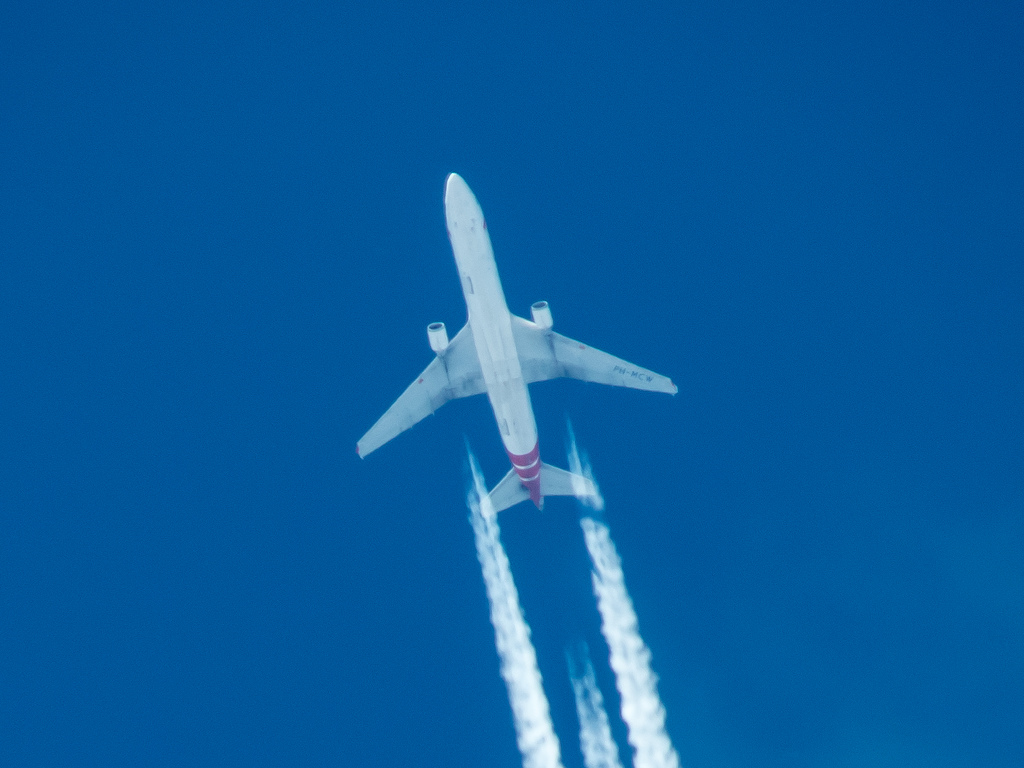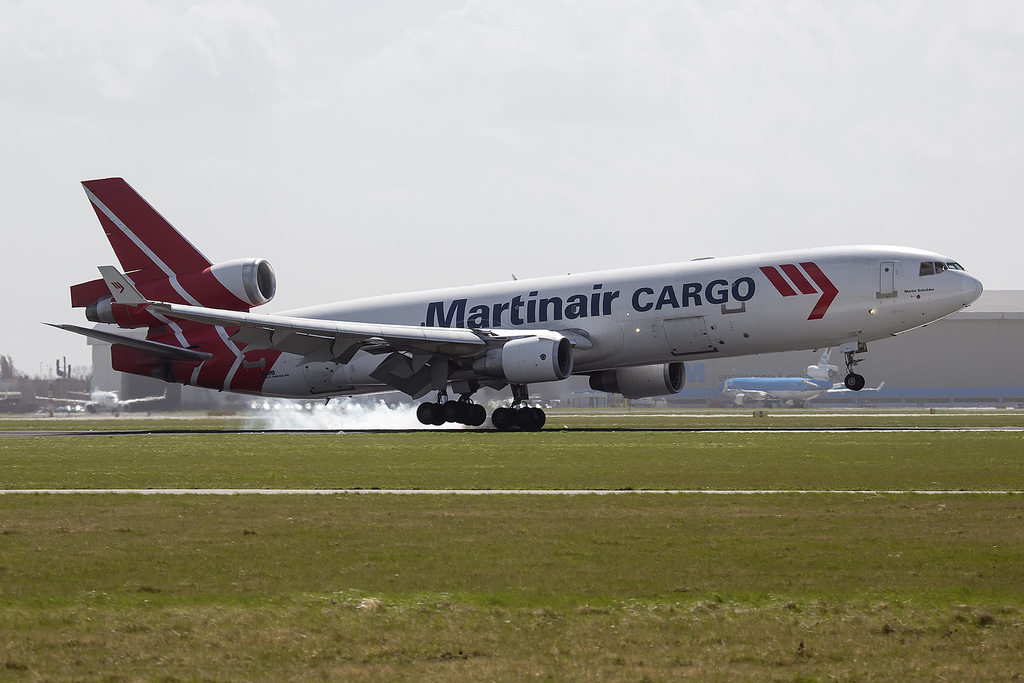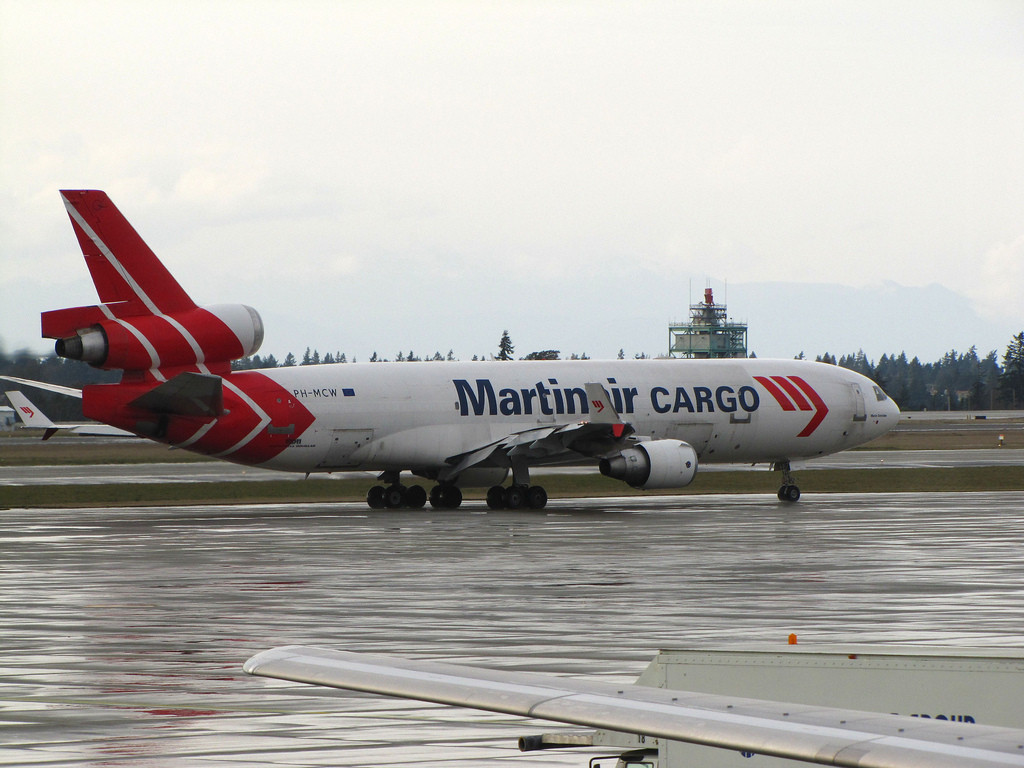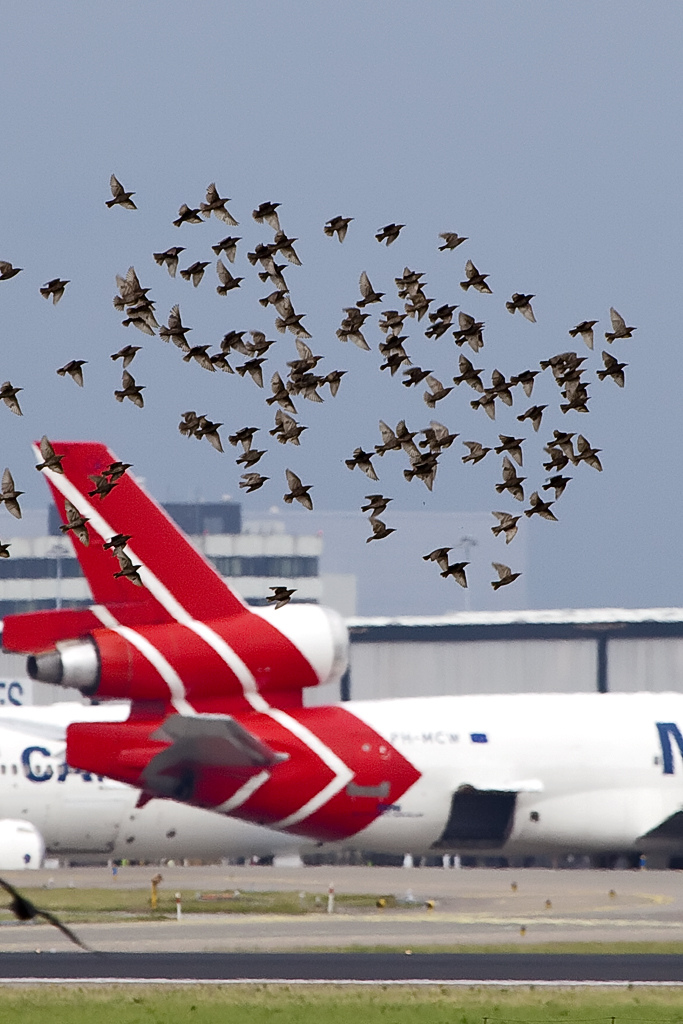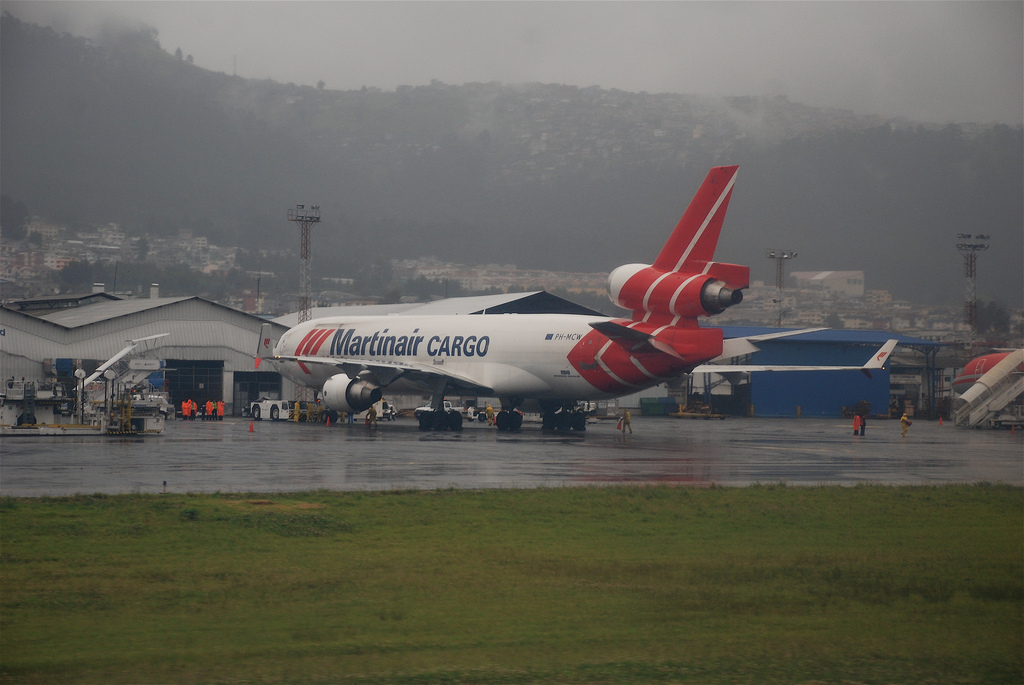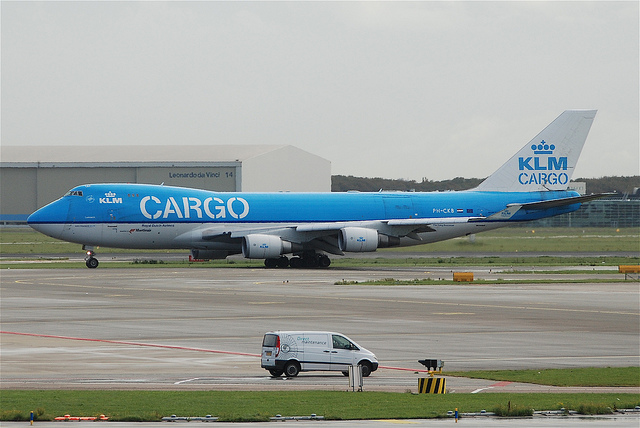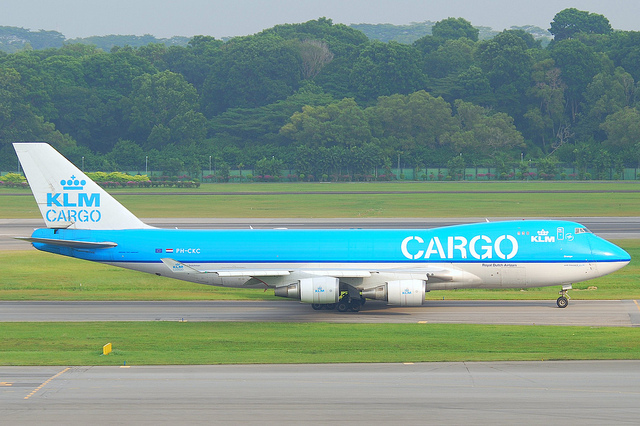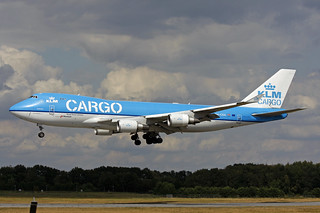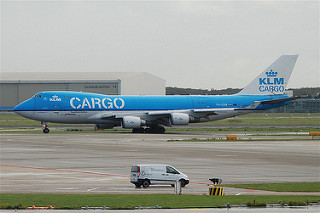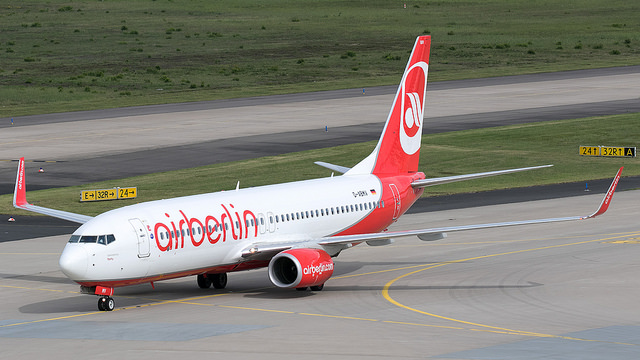Martinair MD11 at Aguadilla on Aug 30th 2013, rejected takeoff due to uncontained engine failure
Last Update: April 5, 2016 / 14:22:33 GMT/Zulu time
Incident Facts
Date of incident
Aug 30, 2013
Classification
Incident
Cause
Rejected takeoff
Airline
Martinair
Departure
Aguadilla, Puerto Rico
Destination
London Stansted, United Kingdom
Aircraft Registration
PH-MCW
Aircraft Type
McDonnell Douglas MD-11
ICAO Type Designator
MD11
The FAA reported on takeoff roll the #1 engine caught fire, the takeoff was rejected. The aircraft subsequently taxied back to the apron, the engine received unknown damage.
On Dec 20th 2013 the NTSB reported that the #1 engine suffered an uncontained low pressure turbine failure. Takeoff was rejected at 17 knots, airport emergency services responded but observed no fire. The aircraft taxied back to the apron under own power. The engine received multiple holes through the left and right hand side of the engine aft core cowl, there were numerous small punctures and impact marks on wing and gear. Initial inspection showed the PW4462-3 engine suffered a "partial LPT-to-turbine exhaust case (TEC) flange separation". The engine has been removed from the aircraft and sent for further analysis.
On Apr 4th 2016 the NTSB released their final report concluding the probable causes of the incident were:
an insufficiently robust flange attachment hardware design, which failed to contain engine components that were liberated during an LPT mechanical failure, resulting in engine/nacelle uncontainment.
A factor in the incident was the lack of a module-level LPT inspection and the lack of an inspection requirement to detect/monitor the LPT S4 for advanced sulfidation attack.
The NTSB reported that an engine examination showed that the P-flange attachment hardware was missing from 62 of 132 bolt holes, the local case was distorted and the P-flange separated by up to 2 inches. Debris recovered consisted of 71 pieces that were identified as bolt segments of 36 bolts.
Upstream of LPT stage 4 there were no faults and damage. Examination of stage 4 revealed an advanced corrosion attack at S4 vanes with all S4 blades fractured close to the platform. All S5 and S6 blades showed near platform separations. 4 S4 vane clusters and more than half of the vane clusters S5 and S6 were liberated.
The NTSB wrote: "Metallurgical examination of four exemplar S4 vane clusters found significant corrosion/oxidation consumption of vane airfoil wall thicknesses. Chemical analysis of the corrosion attack fronts revealed sulfur-rich particles, indicative of sulfidation as the corrosion mechanism. EDS and WDS spectra and elemental maps collected at multiple locations along the attack fronts confirmed a consistent sulfur presence and the presence of chromium. Inspection of the displaced S4 vane clusters found that corrosion-induced material loss resulting in loss of structural stiffness had allowed the clusters to disengage at the inner attachment. Four exemplar S4 blade fracture surfaces displayed machining-type LE damage typical of rotor contact with static hardware during operation. Metallurgical examination of the fracture surfaces immediately aft of the consumed LEs revealed high cycle fatigue crack propagation leading to airfoil overload fracture."
The NTSB anntotated: "The S4 LPT vane clusters installed in the LPT (P/N 51N674-01) were affected by Federal Aviation Administration (FAA) airworthiness directive (AD) 2012-14-09, however the engine was within the specified compliance."
Incident Facts
Date of incident
Aug 30, 2013
Classification
Incident
Cause
Rejected takeoff
Airline
Martinair
Departure
Aguadilla, Puerto Rico
Destination
London Stansted, United Kingdom
Aircraft Registration
PH-MCW
Aircraft Type
McDonnell Douglas MD-11
ICAO Type Designator
MD11
This article is published under license from Avherald.com. © of text by Avherald.com.
Article source
You can read 2 more free articles without a subscription.
Subscribe now and continue reading without any limits!
Read unlimited articles and receive our daily update briefing. Gain better insights into what is happening in commercial aviation safety.
Send tip
Support AeroInside by sending a small tip amount.
Related articles
Martin B744 at Amsterdam on Oct 31st 2023, lightning strike causes digital malfunctions
A Martinair Boeing 747-400 freighter, registration PH-CKB performing flight MP-8321 from Amsterdam (Netherlands) to Johannesburg (South Africa), was…
Martin B744 near Amsterdam on Jan 16th 2021, lost panel in flight
A MartinAir Boeing 747-400 freighter, registration PH-CKC performing flight MP-8561 from Amsterdam (Netherlands) to Nairobi (Kenya), was climbing…
Martin B744 at Harare on Jul 8th 2019, dropped part of flaps
A Martinair Boeing 747-400, registration PH-CKA performing freight flight MP-8372 from Johannesburg (South Africa) to Harare (Zimbabwe), was on…
Martin B744 near Lisbon on Jan 16th 2021, electrical problem
A MartinAir Boeing 747-400 freighter, registration PH-CKA performing flight MP-7551 (dep Jan 15th) from Amsterdam (Netherlands) to Sao Paulo…
Martin B744 at Sao Paulo on Jun 1st 2020, flaps problem
A Martinair Boeing 747-400, registration PH-CKB performing freight flight MP-7762 from Sao Paulo Viracopos,SP (Brazil) to Lima (Peru) with 3 crew,…
Newest articles
Transair Senegal B733 at Dakar on May 9th 2024, runway excursion on takeoff
A Transair Senegal Boeing 737-300 on behalf of Air Senegal, registration 6V-AJE performing flight R2-3043/HC-301 from Dakar (Senegal) to Bamako…
TUI B738 at Frankfurt on May 8th 2024, leak from the left wing
A TUIfly Boeing 737-800, registration D-ABMV performing flight X3-202 from Frankfurt/Main (Germany) to Heraklion (Greece), was climbing out of…
Subscribe today
Are you researching aviation incidents? Get access to AeroInside Insights, unlimited read access and receive the daily newsletter.
Pick your plan and subscribePartner

A new way to document and demonstrate airworthiness compliance and aircraft value. Find out more.

ELITE Simulation Solutions is a leading global provider of Flight Simulation Training Devices, IFR training software as well as flight controls and related services. Find out more.

Your regulation partner, specialists in aviation safety and compliance; providing training, auditing, and consultancy services. Find out more.
AeroInside Blog
Popular aircraft
Airbus A320Boeing 737-800
Boeing 737-800 MAX
Popular airlines
American AirlinesUnited
Delta
Air Canada
Lufthansa
British Airways
